Ann's Blog
White Bay, Barbuda:
May 6, 2011
Pink beaches, wild donkeys, and
isolation behind the reefs
We’re just a few days into our first visit to Barbuda, but I’m already in love with this flat, 68-square-mile, reef-surrounded island. It’s about 30 miles north of Antigua, but couldn’t be more different from its sister island to the south. (The two – as well as uninhabited and much-smaller Redonda – are part of the same country, officially known as Antigua and Barbuda.) For starters, Barbuda lacks a hill higher than 124 feet, while Antigua has a landscape that can give you a cardio workout. Beyond that, Barbuda is not only dramatically under-touristed, but it’s also under-populated in general – to the point of seeming almost deserted at times.
The numbers make it easy to understand why. It has a scant 1500–2000 inhabitants, compared to Antigua’s 68,000 (according to the tourist board; other sources estimate the population even higher, as much as 85,000) – and yet Barbuda is more than half the size of Antigua.
We first drop the hook in Low Bay, on Barbuda’s west side, off 11-Mile Beach. That’s not a typo: The beach stretches unbroken for 11 miles. As we sit in Receta’s cockpit and watch the waves lap the shoreline, the wet edge of sand is distinctly pink.
Up close, the colour is even more pronounced, and if you look closely, you’ll see the sand includes millions of tiny bits of pink shells. Count on seeing maybe one person for every hour of beachwalking you do.


After a couple days in Low Bay, we move to the south coast and tuck in behind and among the reefs of White Bay, by Spanish Point. Here, I’m entranced by the water colour – celadon and turquoise, the exact shades depending on the degree of sun vs. cloud. Steve goes to the top of Arctic Tern’s mast to capture a frigate’s-eye view of our anchorage, which has garnered a spot high on our list of Top 10 Favourite Places to Drop the Hook. One afternoon we see an eagle ray cruising the anchorage; another, a huge barracuda (about 4 ½ feet long) hangs behind our transom.

Besides the occasional local fishing boat and one or two other sailboats that spend a night and then move on, Receta and Arctic Tern have Barbuda’s south coast to ourselves. Like it or not, we are cut off from our cell phones (no service here) and, gasp, from the Internet: There’s no wifi signal, and the nearest Internet café is in Codrington, a $70 US taxi ride away. No, we don’t need to check our email or upload our blogs that badly. Instead, we go for a walk on the flotsam-and-jetsam-strewn windward beach. Hey, maybe the ocean will deliver me a message in a bottle.
It doesn’t, but we do find at least a half-dozen specimens of a mysterious, foot-long black plastic….something. None of us knows what it is. (I think it’s part of a car engine, but the others, who know more about car engines than I do, pooh-pooh the idea.) Devi solved the mystery: I’ll let her tell you what she discovered: Click here for Devi’s May 14th blog about this beach “trash.” Back to topSign up to be notified by email when I post a new blog

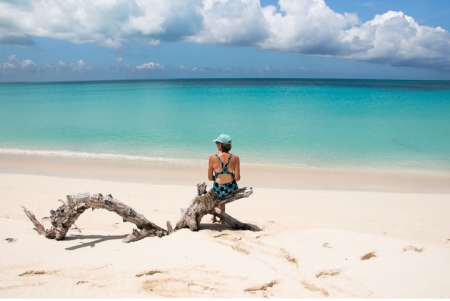
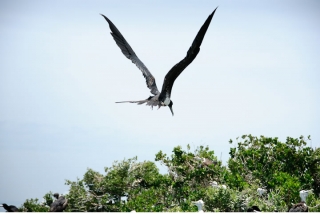
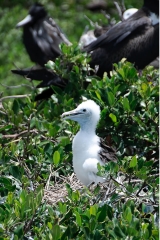
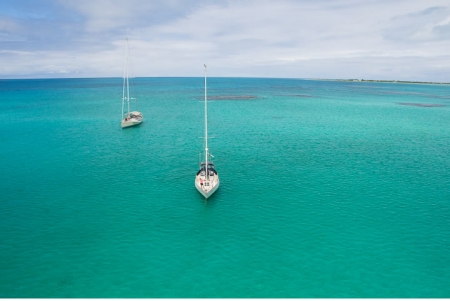
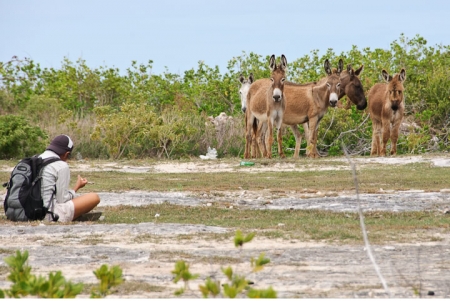
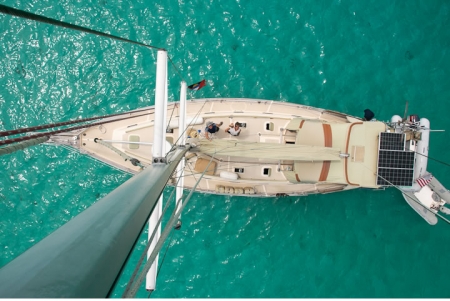
Hi, I’m traveling to Antigua/barbuda next month. I’m going on a day trip to Barbuda and wanted to go to low bay. Is there any bathrooms to use?